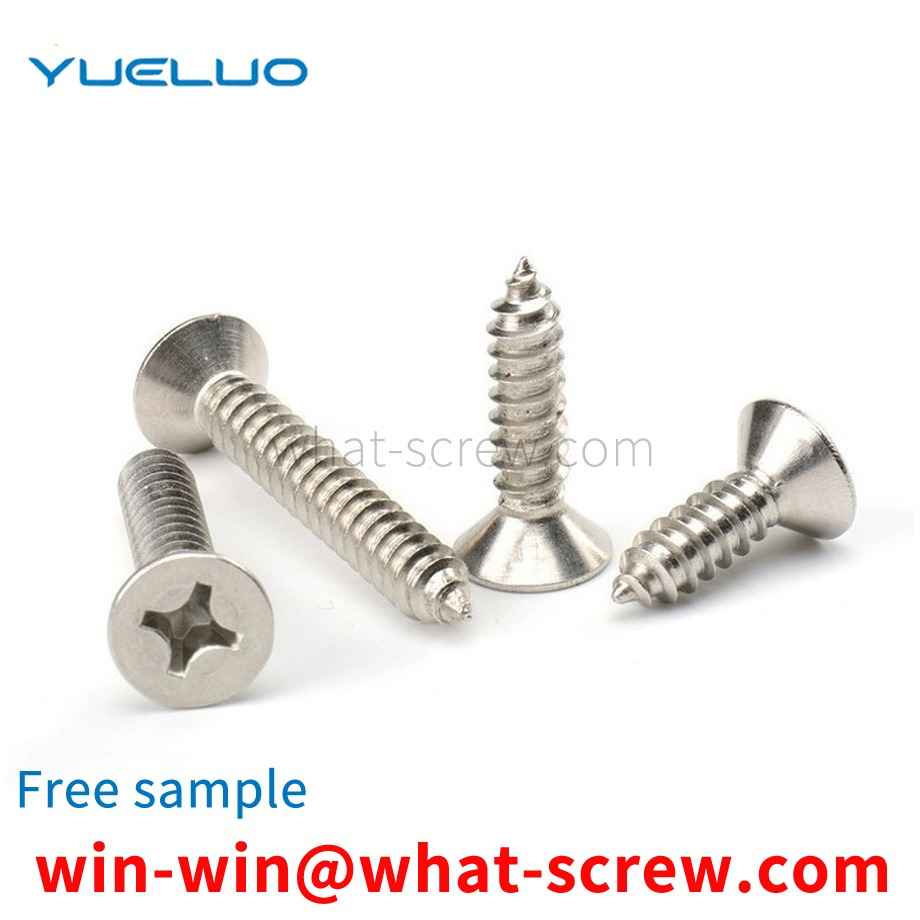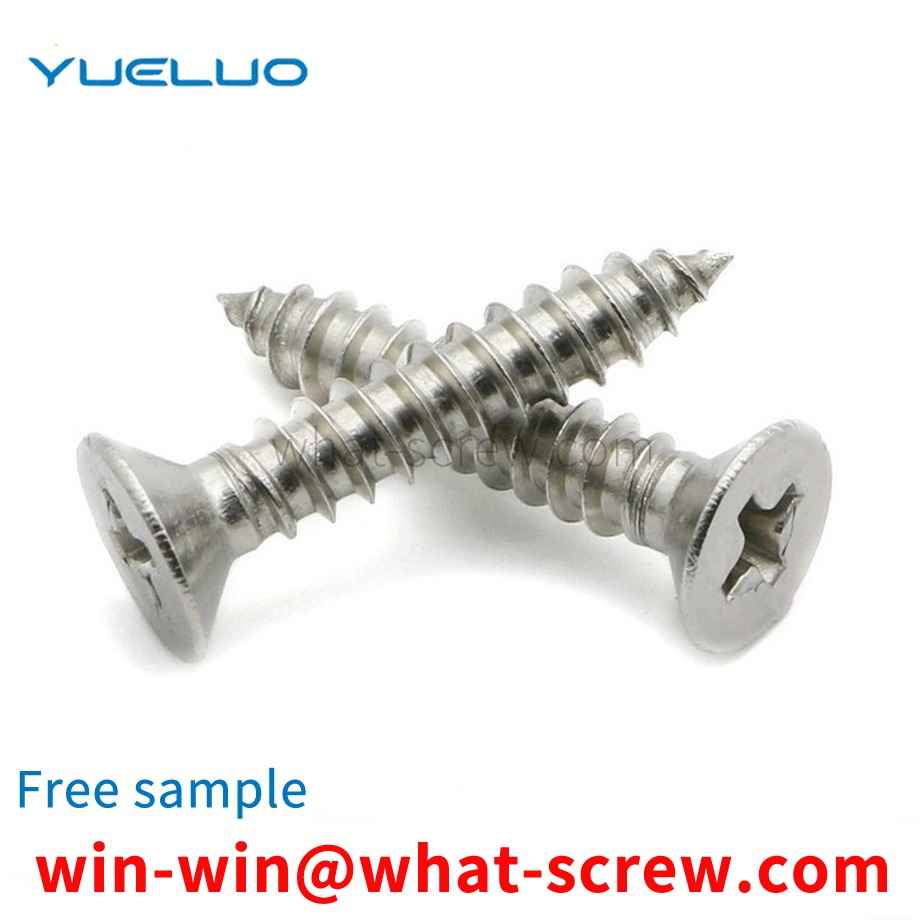The rubber ring and the metal ring are integrally bonded and vulcanized. It is a sealing ring used to seal the thread and flange connection. The ring includes a metal ring and a rubber gasket. The metal ring is rust-proof, and the rubber ring is generally made of oil-resistant nitrile rubber or fluororubber. Combination pads are available in metric and inch sizes, and the standard JB982-77 specifies the combination of metal pads and rubber. Combination sealing washer is used for threaded pipe joints and screw plug sealing. It is generally used with ferrule type pipe joints to block oil ports. It is mainly used for end face static sealing of threaded joints of hydraulic valve pipe joints. It is suitable for British and American standards. Inch thread and end face static seal at French and German standard metric thread connections, etc. The combined sealing gasket can be divided into A type and B type according to the structure; it can be divided into full package and half package according to the difference of rubber.
Now people often use spring washers to lock nuts and bolts, spring washers, generally stainless steel and carbon steel non-closed spiral washers, under the nut, above the flat washer, increase the friction between the nut and the bolt, used to prevent The loosening of the nut plays a role in preventing vibration and loosening, but it is often due to a radial external tension, which is caused by the tightening axial force generated by the tightening torque, and the phenomenon of open ring expansion occurs, and the hydrogen embrittlement of the spring washer often occurs. The pressure is unevenly applied to the flat washer through the spring washer, and the friction coefficient between the spring washer and the nut and the flat washer is small, resulting in vibration, rotation and relaxation.
In recent years, more fasteners have been used in rivet nuts, which have replaced some existing welding methods to a certain extent. Rivet nuts are a way to join some difficult-to-weld equipment and other components. The use of rivet nuts requires rivet nut equipment (manual rivet nut equipment, etc.). Matters needing attention before using manual rivet nut equipment. 1. First, make sure the nozzle screws are properly assembled. According to the size of the rivet nut, select the appropriate equipment and rivet bolt. Every connecting part is not secure. 2. Confirm the deformation length or displacement of the rivet nut, and then leverage the long angle. 3. The scale ring of the rivet nut equipment is used to adjust the rivet stroke, which can be adjusted freely as needed. When adjusting the length of the rivet bolt, open the two handles and adjust the device head sleeve. The rivet bolts are exposed for a length slightly greater than the length of the rivet nut, which will eventually adjust the nut and device sleeve.
Type 1 nut refers to an ordinary hexagonal nut with a nominal height of m ≥ 0.8D. Its type and size should meet the requirements of GB/T6170; while the height of type 2 nut is higher than that of type 1 nut, its type and size should comply with GB/T6170. T6175. There are two purposes to increase the type 2 nut: one is to obtain a relatively inexpensive nut that does not require heat treatment by increasing the height of the nut. Because D≤M16 grade 8 type 1 nuts do not need heat treatment, among grade 8 nuts, only the specifications of D>M16~39 use type 2 nuts. Obviously, type 1 nuts that do not need heat treatment cannot reach grade 9 nuts. Mechanical property requirements. Another purpose of specifying Type 2 nuts is to obtain a more ductile grade 12 nut. As the height of the nut increases, the guaranteed stress index can be achieved at a lower quenching and tempering hardness, so the toughness of the nut is increased. Classified by tooth spacing: standard teeth, regular teeth, fine teeth, very fine teeth and cross teeth. Classification by material: stainless steel hexagon nuts and carbon steel hexagon nuts, copper hexagon nuts, iron hexagon nuts. Classification by thickness: hexagonal thick nuts and hexagonal thin nuts. Classification by usage: hot melt copper nut, hot pressed copper nut, embedded copper nut and ultrasonic copper nut
rivet is a nail-shaped object with a cap on one end: in riveting, the riveted parts are connected by their own deformation or interference. There are many types of rivets, and they are informal. Commonly used are semi-circular head, flat head, semi-hollow rivet, solid rivet, countersunk head rivet, blind rivet, hollow rivet, which usually use their own deformation to connect the riveted parts. Generally, cold riveting is used for those smaller than 8 mm, and hot riveting is used for larger ones. But there are exceptions, such as the nameplate on the three-ring lock, which is riveted by the interference between the rivet and the lock body hole. In addition, there are paired rivets, which are special. Divided into two parts, the thicker section of the rod with a cap has a hole in the center, and the other section of the rod with a cap is an interference fit. When riveting, drive the thin rod into the thick rod. Most of the existing rivets are connected by overall deformation to achieve mutual cooperation. In the ultra-fine-pitch display screen, the rivets used to fix the ultra-fine-pitch display screen have a slender diameter. If they are fixed by overall deformation, they are prone to bending and breaking. and other phenomena, the tightening effect is not good or there is no tightening effect, which damages the components, increases the cost, and wastes time and resources.
We have many years of experience in the production and sales of screws, nuts, flat washers, etc. The main products are: DIN434, copper screws, small bolts, retaining rings for holes and other products, we can provide you with suitable fastener solutions for you.



















 Service Hotline
Service Hotline




